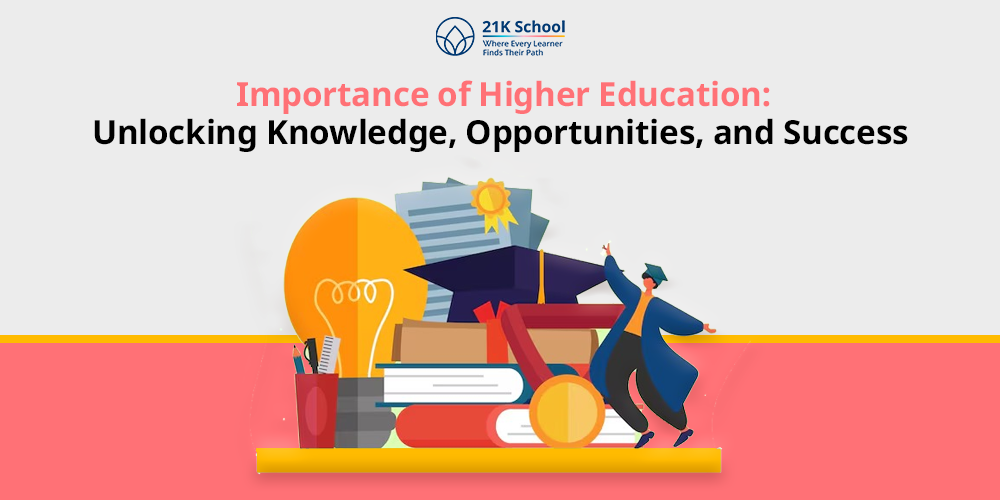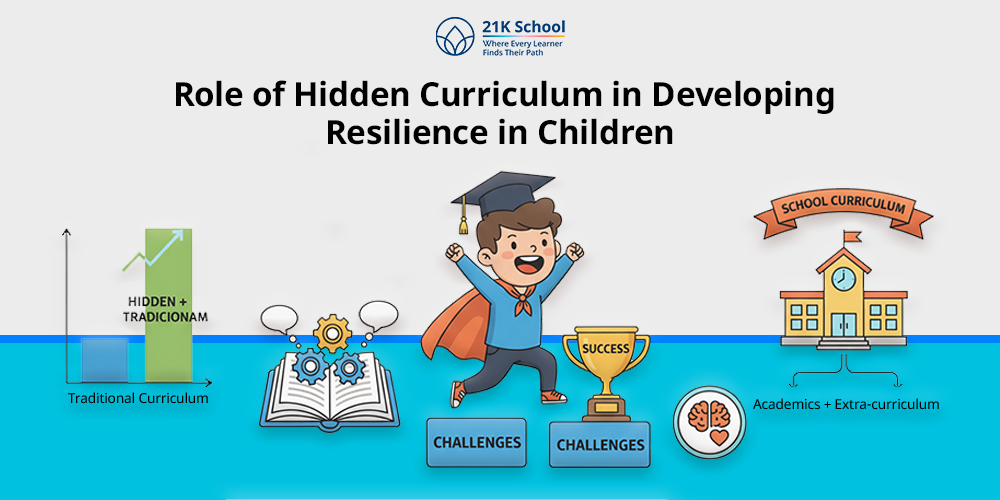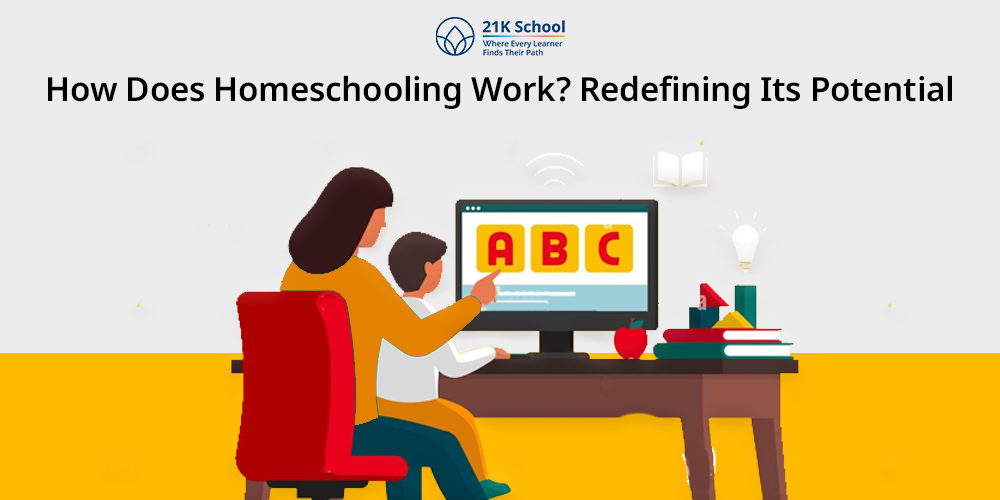
Homeschooling has presented an effective alternative to the schooling system in the new world. And it would be useless to say how flexibility and personalization have become major ingredients of successful education.
Parents worldwide are becoming more inclined to homeschool their children due to diverse reasons. These include opposition to traditional schooling and the demand for customized learning.
Homeschooling allows parents to be in control of their child’s education. They are able to tailor the curriculum, the environment and the time to meet the needs of the individual child.
But how does homeschooling take place? So, let us examine this further.
Contents
What is Homeschooling?
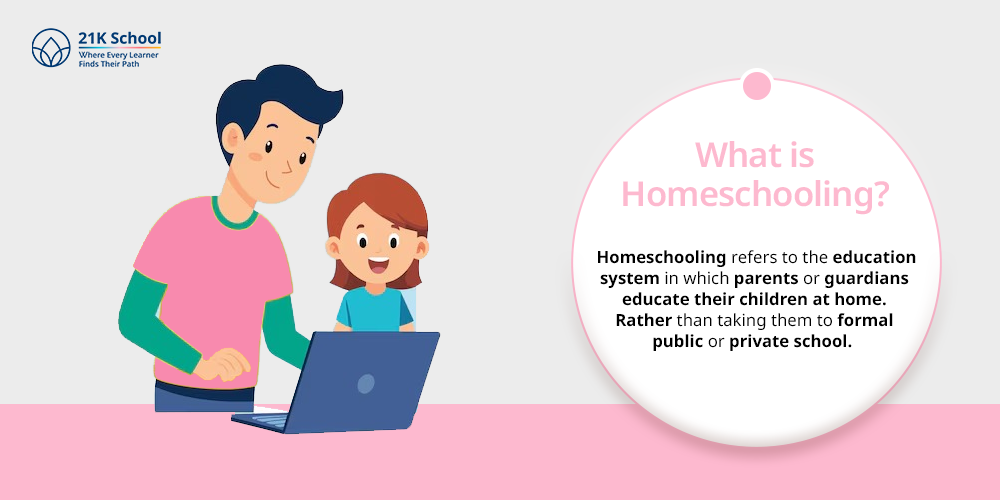
Homeschooling refers to the education system in which parents or guardians educate their children at home. Rather than taking them to formal public or private school.
It gives families the freedom to develop a unique learning environment. Especially, by choosing or creating their own curriculum, instructional approach and rhythm.
Homeschooling aims at student directed education. It provides a pace and style of learning that adapts to the capabilities, interests and emotional maturity of the child.
Types of Homeschooling

When going for this novel homeschooling concept, you will come across its different types. This categorization is done for the convenience of parents, to choose the best for their kids and catering their needs.
1. Online Homeschooling
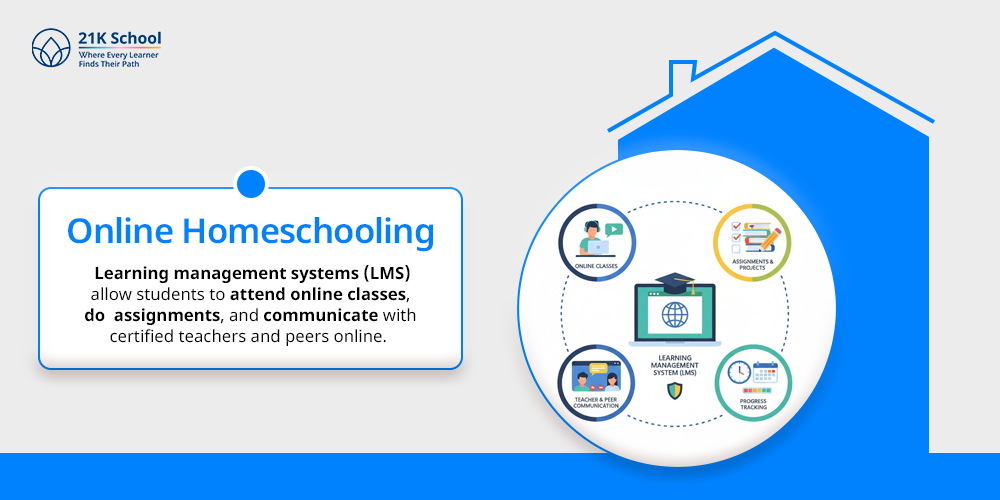
Online homeschooling uses online based programs to provide a guided education. Learning management systems (LMS) allow students to attend online classes, do assignments, and communicate with certified teachers and peers online.
Go through the students checklist for online classes and make your online homeschooling convenient beforehand.
This approach is suitable to families who want a school-like environment at home, usually following the national or international standards.
2. Eclectic Homeschooling
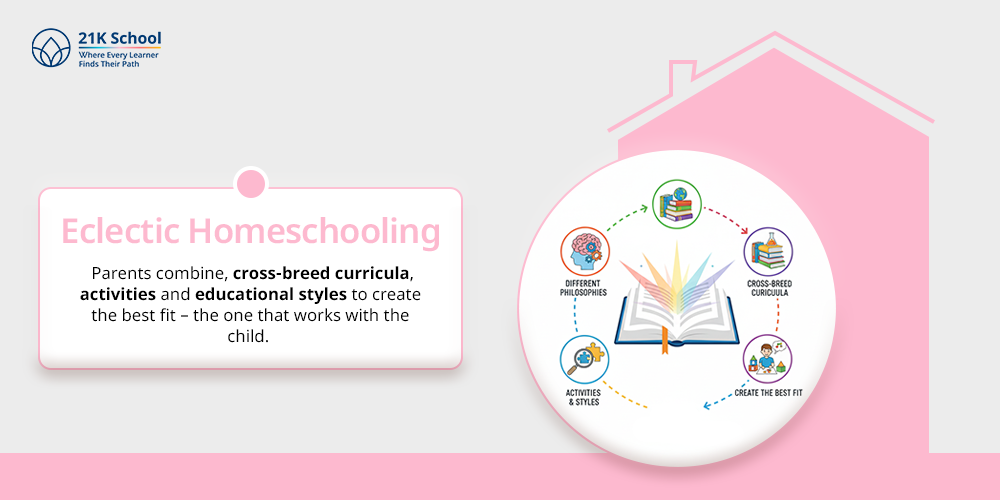
Eclectic homeschooling is an approach which mixes different resources and teaching philosophies. Parents combine, cross-breed curricula, activities and educational styles to create the best fit – the one that works with the child.
It is a loose, individualized method that takes some techniques of traditional schooling, unschooling, and online resources.
3. Unschooling
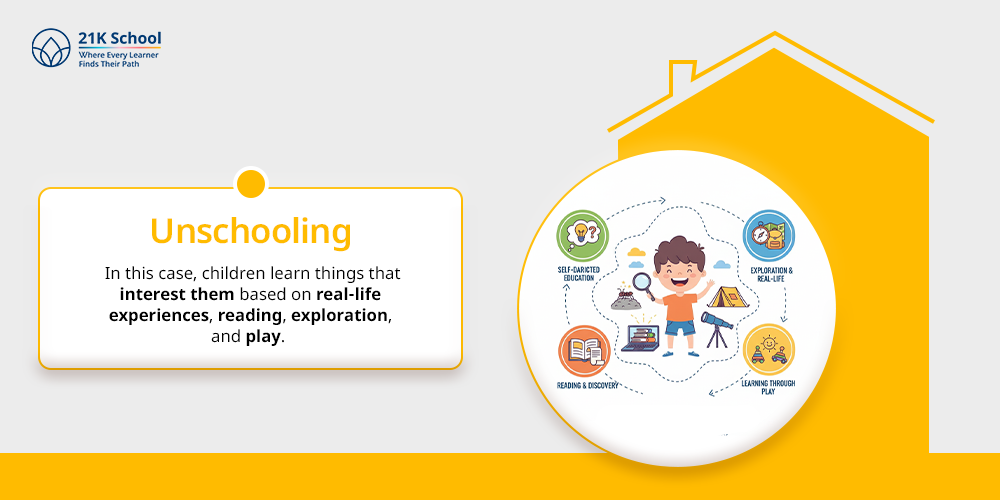
Unschooling discards structured programs and insists on self-directed education. In this case, children learn things that interest them based on real-life experiences, reading, exploration, and play.
Parents set in motion, not instruct, their children follow their lead through sheer curiosity and experience of living.
4. Traditional Homeschooling

Traditional homeschooling resembles the regular school format but at home. It entails textbook, workbook, day-to-day time schedules and subject-by-subject instructions.
Parents usually use a state-approved homeschooling curriculum , which can easily re-enroll the students back into formal learning in the future.
How does Homeschooling Work?
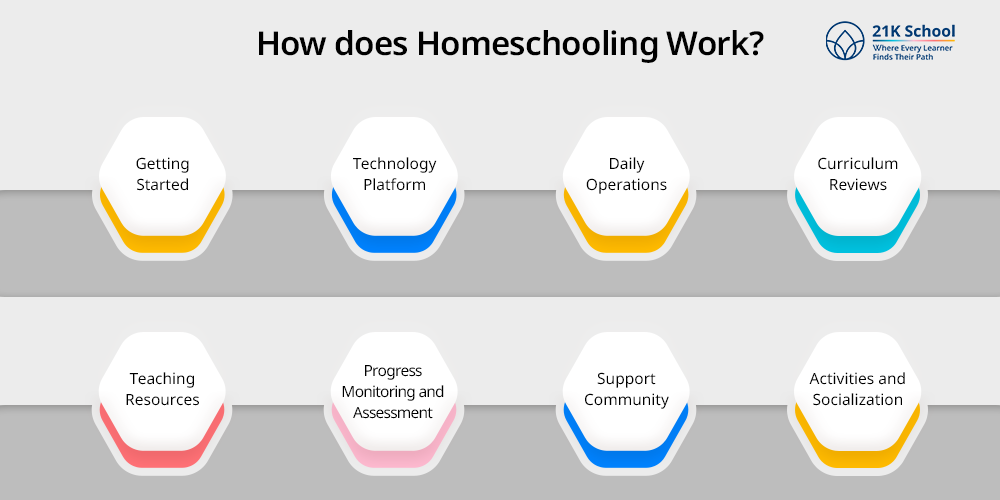
Now, you might be wondering how this homeschooling works. Well, homeschooling functions differently for different people across the globe.
But still, there are some generic patterns of steps to follow to incorporate homeschooling in your kids’ life.
1. Getting Started
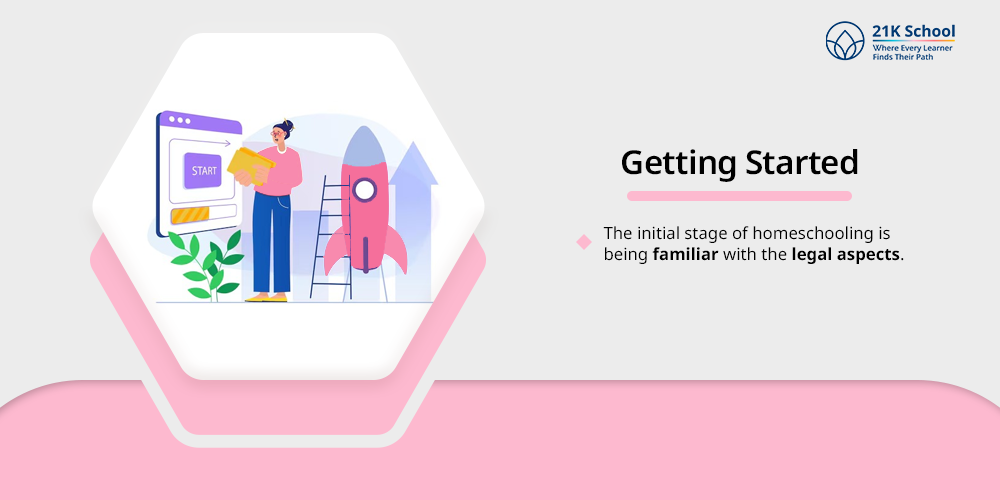
The initial stage of homeschooling is being familiar with the legal aspects. These are country and region specific. In the U.S. as an example, they might be required to submit a letter of intent.
These institutions have special attendance guidelines to observe and annual evaluations. However, there are countries where homeschooling is strongly controlled or even discouraged.
After the legal aspects are fulfilled, parents select or formulate a curriculum. They can choose pre-packaged ones, those that have been approved by the state or develop their own.
It is important to know the learning style of a child, whether visual, auditory, or kinesthetic. They can also choose a combination of any of them to choose an effective teaching method .
2. Technology Platform
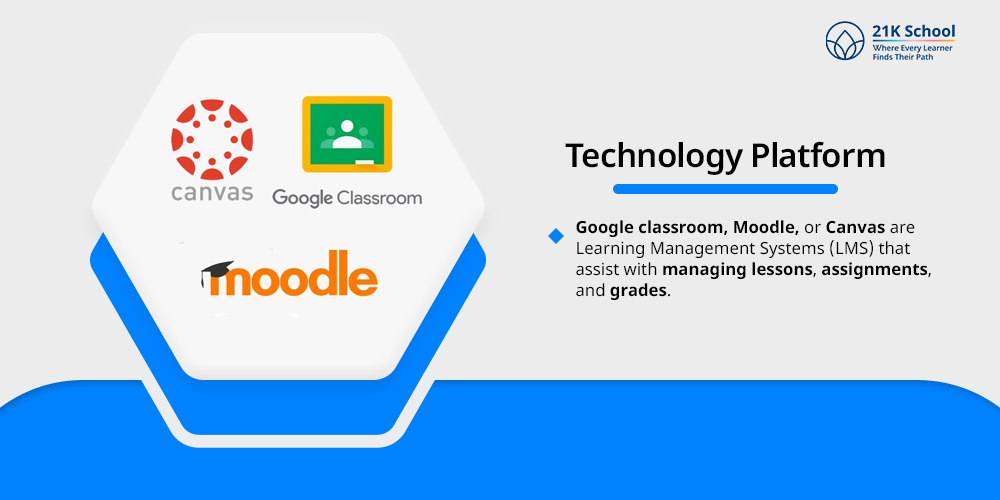
Contemporary homeschooling frequently follows the use of the digital resources and internet-based learning:
- Google classroom, Moodle, or Canvas are Learning Management Systems (LMS) that assist with managing lessons, assignments, and grades.
- Live instruction and interaction occurs in the Virtual Classrooms through Zoom, Google meet, or Microsoft Teams.
- Digital Resources learning videos, e-books, interactive games, and simulations improve the learning process.
Such technologies impose order, interactions and connectedness in the homeschooling process.
3. Daily Operations
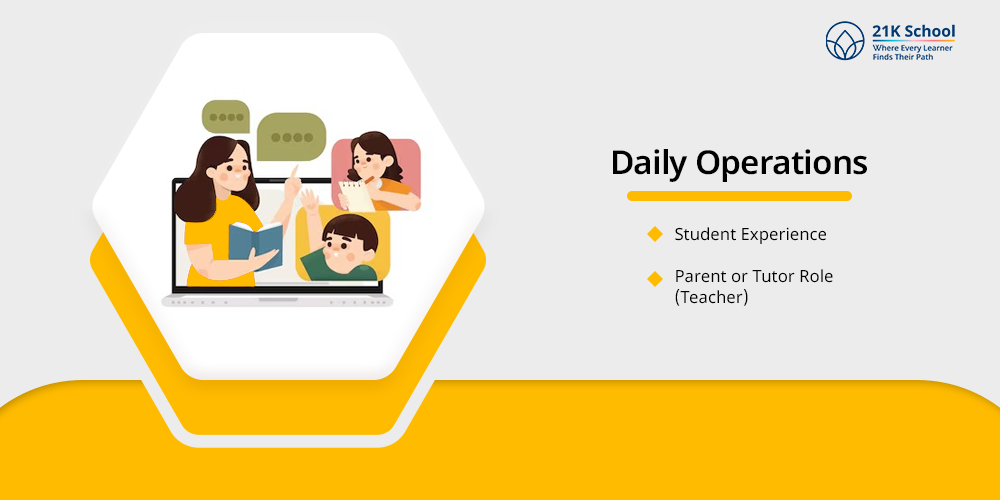
During daily video conferencing, meetings, assignments, etc. students and parents come across varied experiences and responsibilities.
- Student Experience
The day of a homeschooled student can start with entering an LMS or participating in an online class. They have an individualized plan that can consist of live classes, reading, projects, or nature exploration.
There is more flexibility in breaks and learning can be continued outside the usual school time.
- Parent or Tutor Role (Teacher)
A parent or a tutor designs the day-to-day lessons, constructs exercises and does assessment. With online homeschooling, professional teachers may lead learning with a parent serving as a learning coach.
They give feedback, assure participation and keep the student on task.
4. Curriculum Reviews
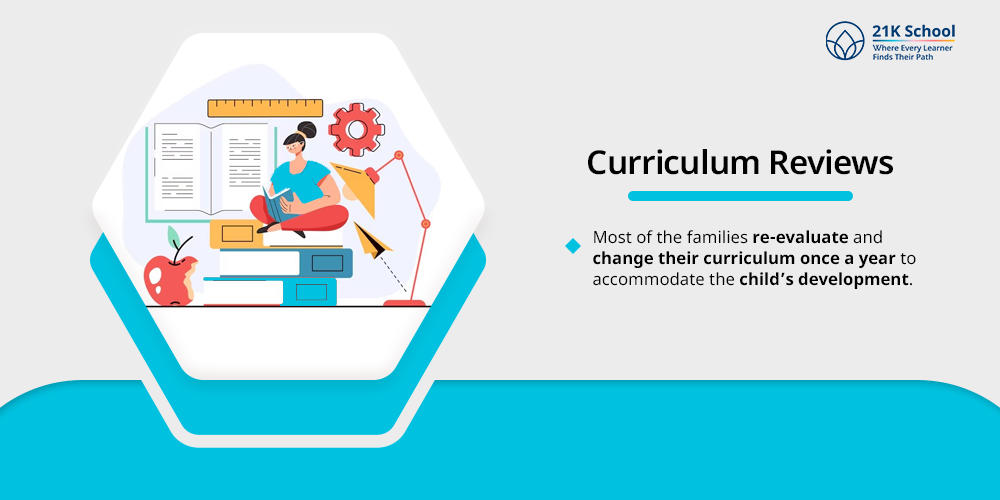
Homeschool curriculum may be graded (6th-grade math) or may be by subject (an in-depth study of world history). Most of the families re-evaluate and change their curriculum once a year to accommodate the child’s development.
Curriculum suppliers or the state education boards frequently offer review frameworks.
5. Teaching Resources
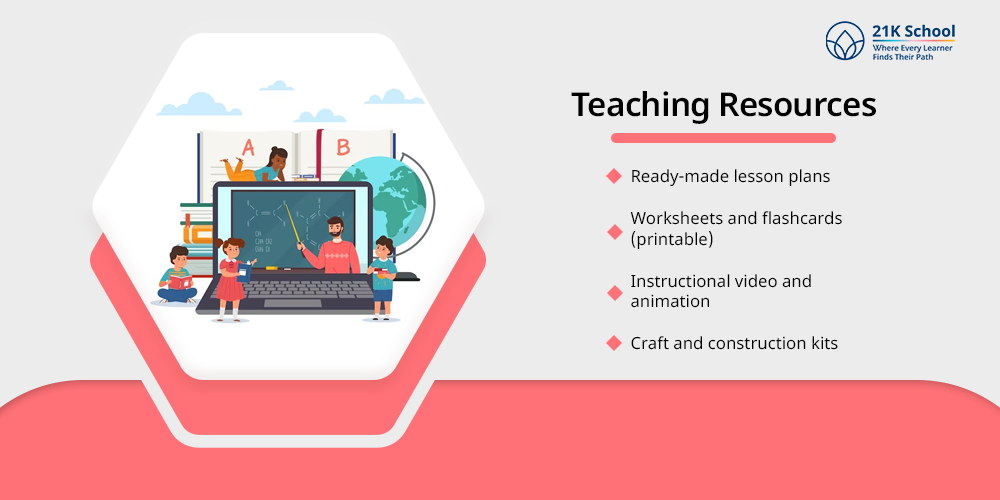
In homeschooling the teaching is based on various aids:
- Ready-made lesson plans
- Worksheets and flashcards(printable)
- Instructional video and animation
- Craft and construction kits
Resources are available in libraries or through educational websites that parents can use, or buy homeschool kits with providers.
6. Progress Monitoring and Assessment
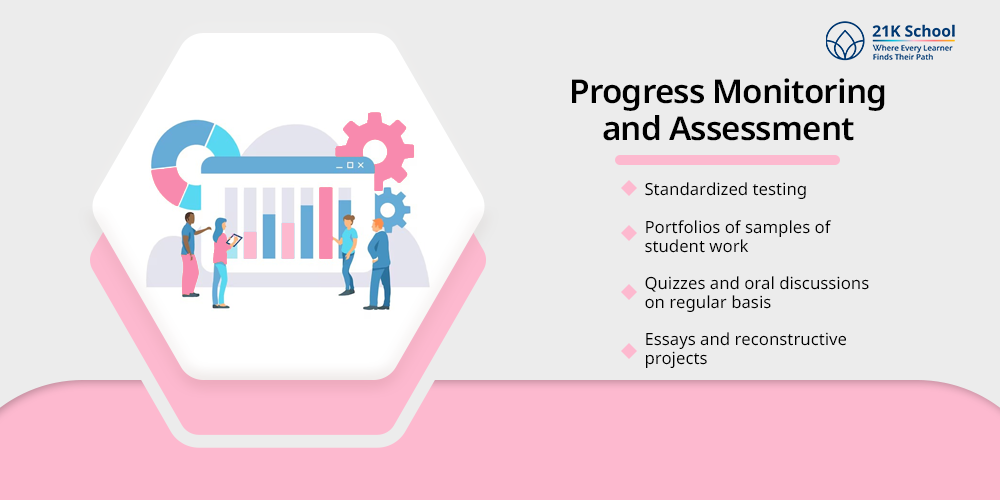
It is essential to monitor student progress. Popular forms of assessment are:
- Standardized testing
- Portfolios of samples of student work
- Quizzes and oral discussions on regular basis
- Essays and reconstructive projects
Certain areas need official reports that are sent on a yearly basis. Maintenance of records is necessary in case of college applications, transfer to formal schools or fulfil legal requirements.
7. Support Community
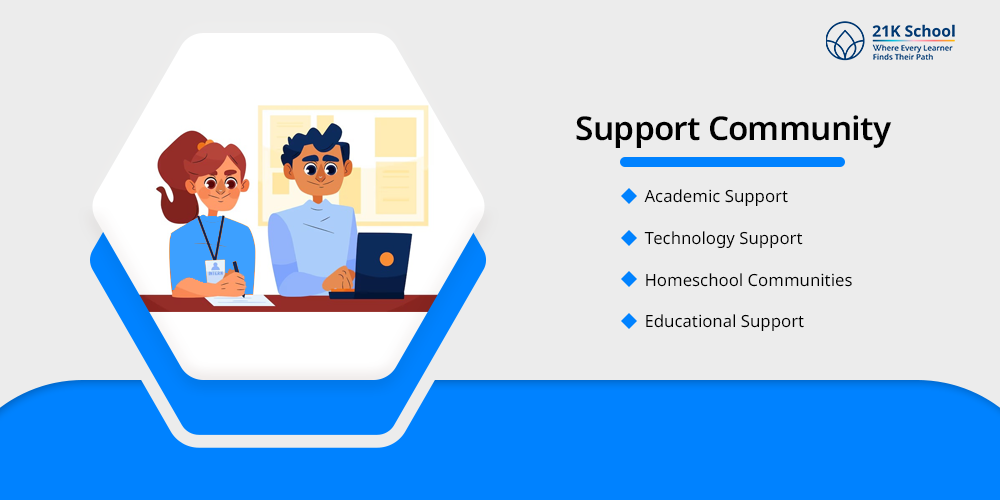
Homeschooling is not about isolating. A lot of families find solution by:
- Academic Support: Online tutoring, subject specific forums
- Technology Support: LMS and device help desks
- Homeschool Communities: Co-ops, local groups, social media
- Educational Support: Workshops, webinars, curriculum consultants
Co-ops are especially common-groups of homeschool families that split the teaching responsibilities and plan group activities.
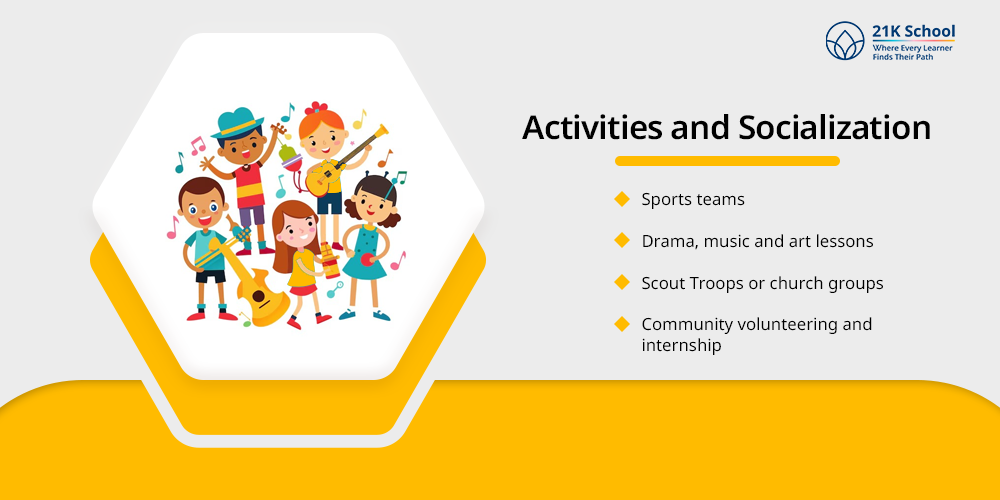
Homeschooled students usually have abundant social lives contrary to what people have mythologized. They are engaged in:
- Sports teams
- Drama, music and art lessons.
- Scout Troops or church groups
- Community volunteering and internship
Teamwork, communication and leadership skills are developed through these experiences so there is all round development.
Benefits of Homeschooling
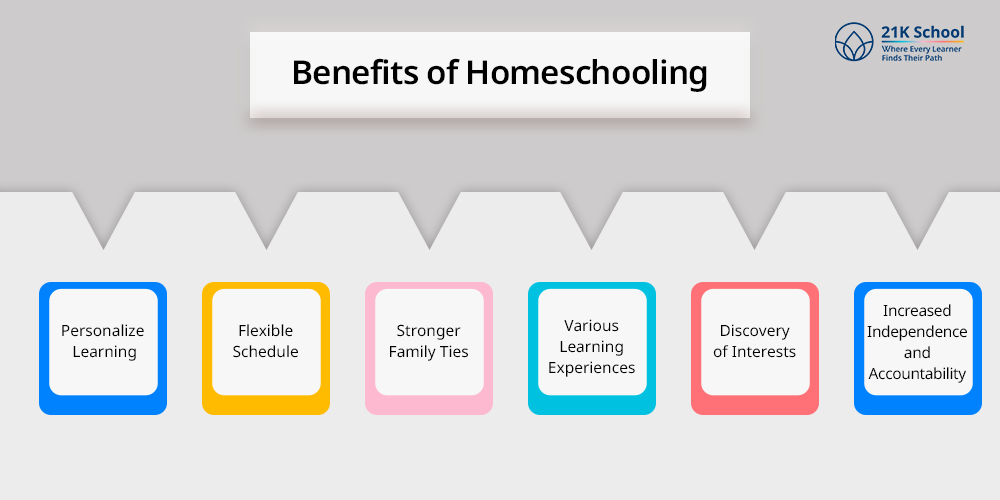
Homeschooling offers a number of benefits that are in accordance with the demands of lifelong learning and processes. Let’s discuss some of the best features of homeschooling, and understand why parents and students should opt for it.
1. Personalized Learning
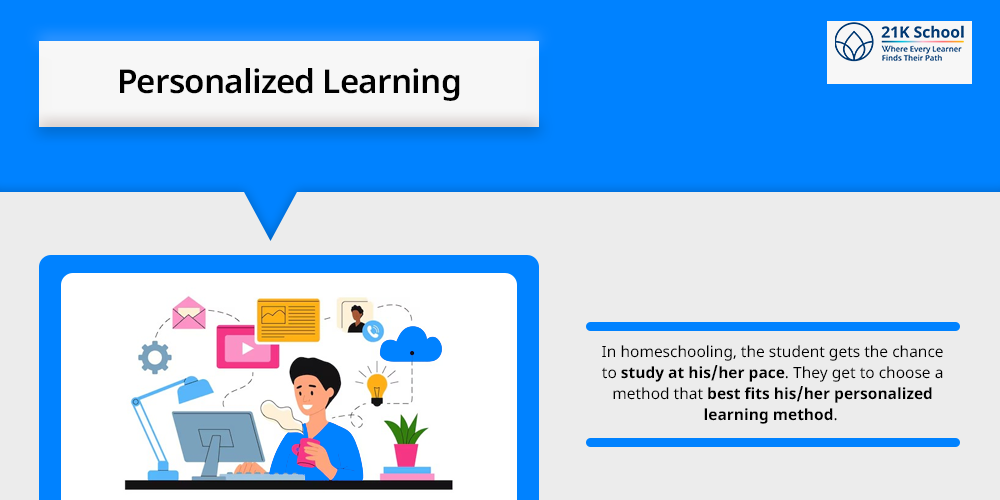
In homeschooling, the student gets the chance to study at his/her pace. They get to choose a method that best fits his/her personalized learning method.
Weak students are given more time whereas bright students are allowed to proceed without any limitations.
2. Flexible Schedule
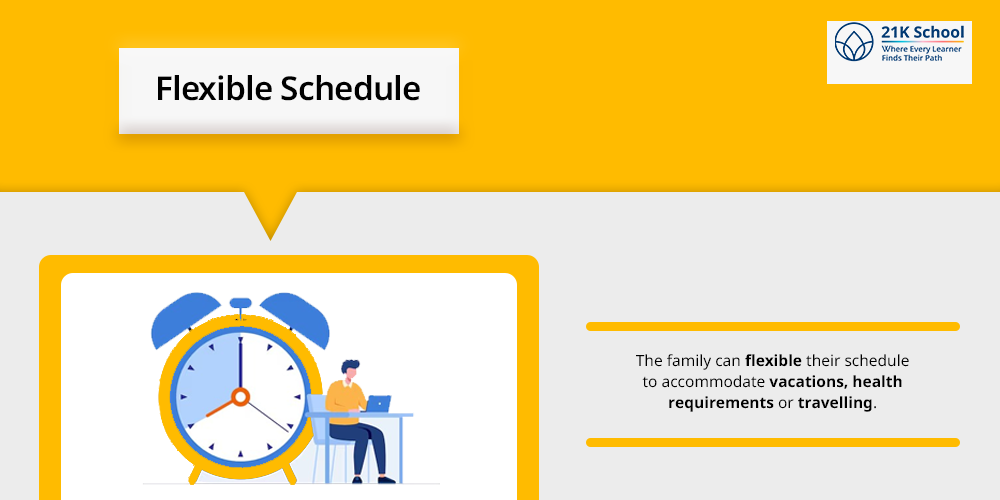
The family can flexible their schedule to accommodate vacations, health requirements or travelling. Studies can occur at any moment, which makes learning more flexible for family life.
Students can do other jobs or participate in other activities as per their choice and convenience, and learn more.
3. Stronger Family Ties

The parent-child relationships are enhanced through increased time spent together. The parents are in a better position to guide the child because they know their weaknesses and strengths.
4. Various Learning Experiences
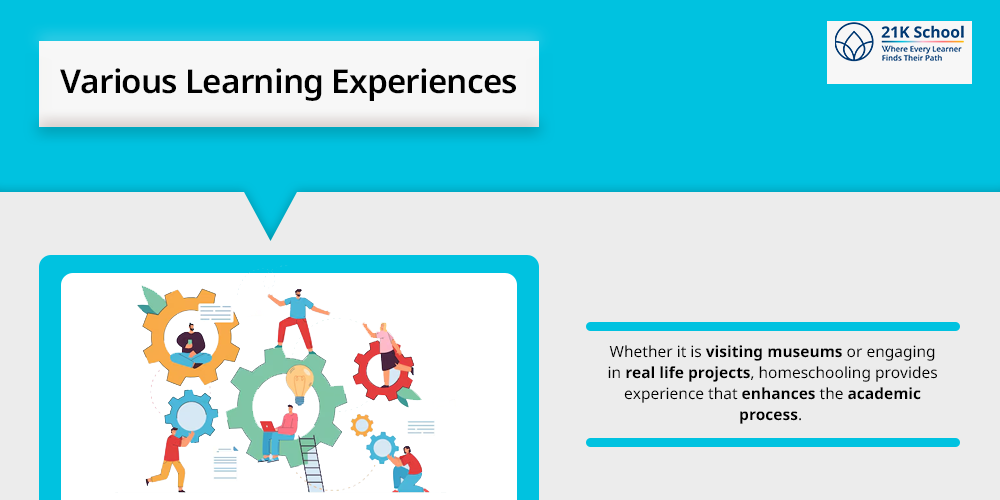
Whether it is visiting museums or engaging in real life projects, homeschooling provides experience that enhances the academic process. Children get real-time experiences from joining co-ops groups and community services.
This boosts their confidence and enables them to stand out of the crowd when going in search of jobs and opportunities.
5. Discovery of Interests
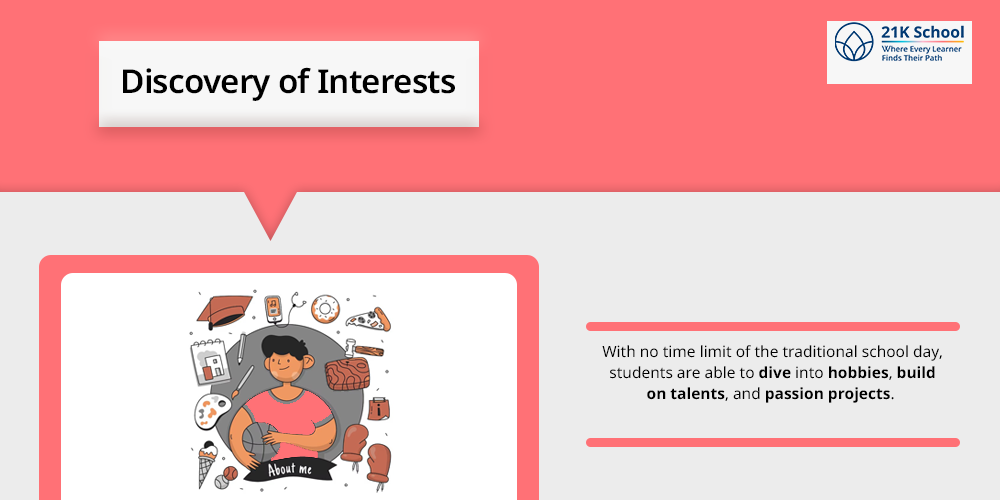
With no time limit of the traditional school day, students are able to dive into hobbies, build on talents, and passion projects. This can assist them into knowing themselves better and thrive in life, even if they fail in certain areas.
6. Increased Independence and Accountability
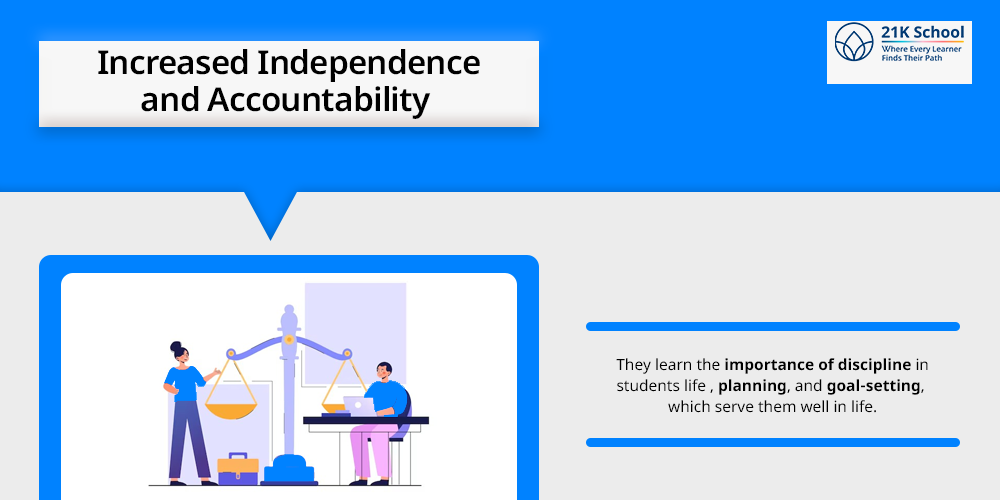
Students who are educated at home also assume control of their learning at a young age. They learn the importance of discipline in students life , planning, and goal-setting, which serve them well in life.
Challenges of Homeschooling
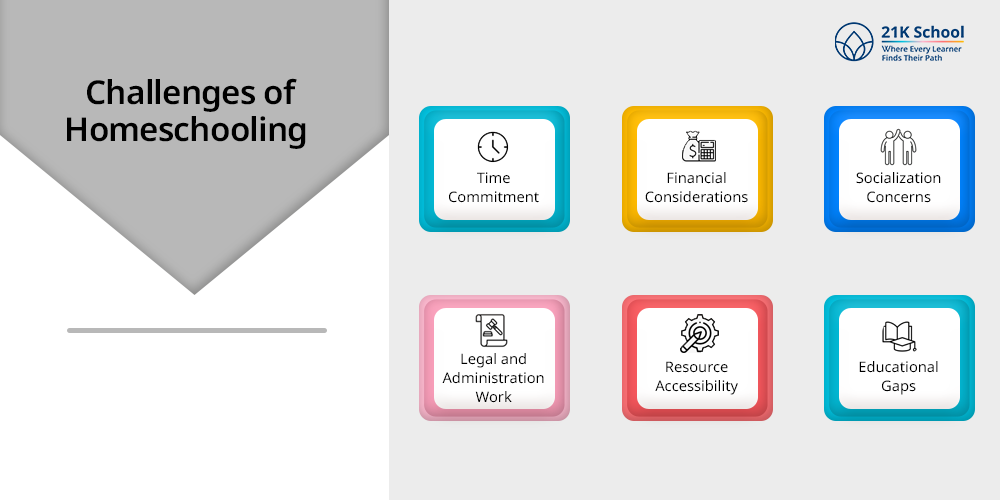
While homeschooling feels like everything a student would desire for in their learning period, it is challenged by certain aspects. These limitations need to be addressed with patience and understanding among parents and kids.
1. Time Commitment
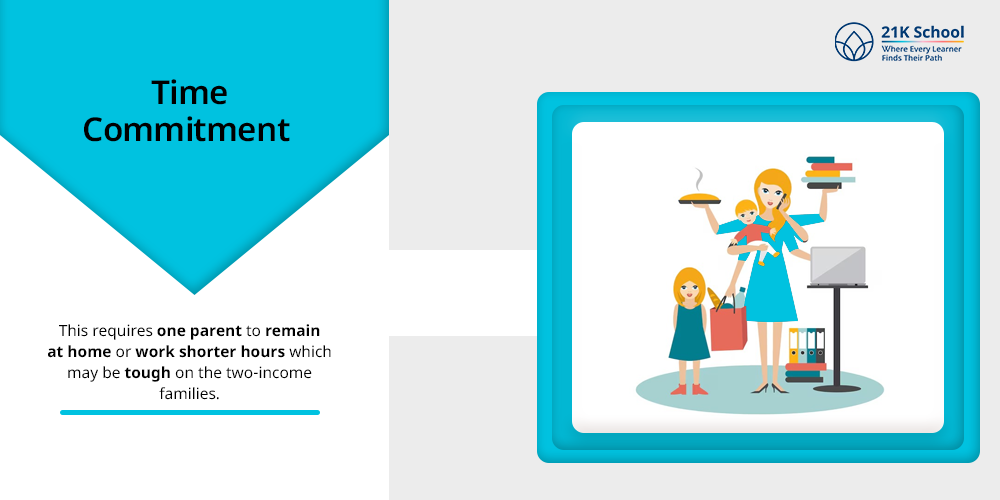
Lesson planning and teaching consume a lot of time. This requires one parent to remain at home or work shorter hours which may be tough on the two-income families.
2. Financial Considerations
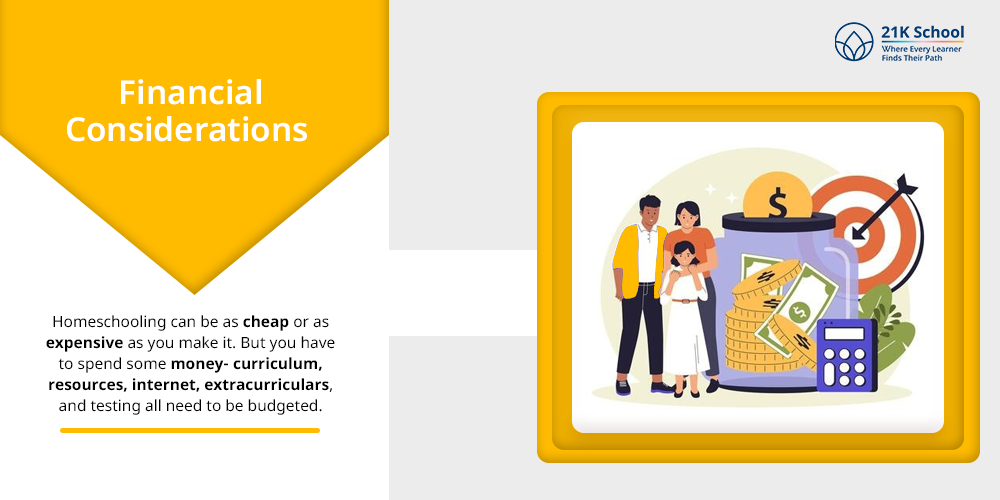
Homeschooling can be as cheap or as expensive as you make it. But you have to spend some money- curriculum, resources, internet, extracurriculars, and testing all need to be budgeted.
3. Socialization Concerns
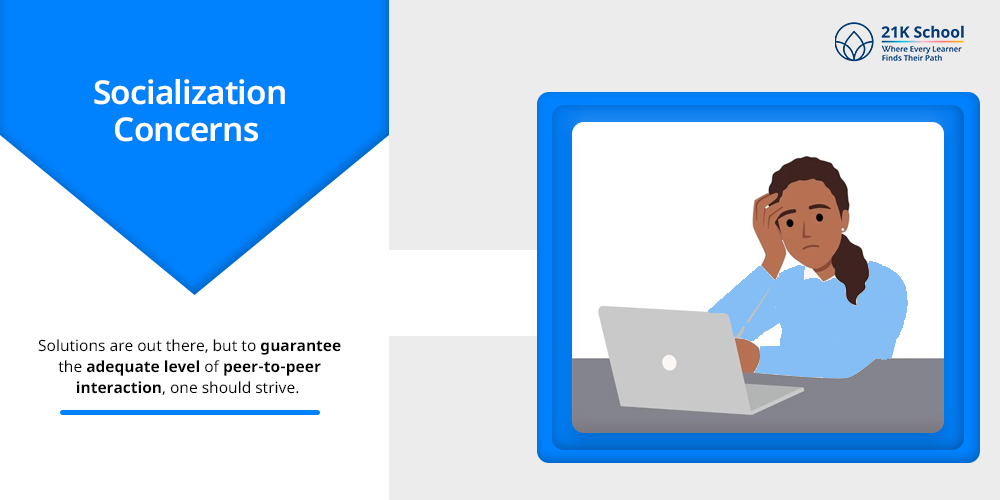
Solutions are out there, but to guarantee the adequate level of peer-to-peer interaction, one should strive. The families need to pursue group activities and social events.
4. Legal and Administration Work

There is paperwork involved in homeschooling like letters of intent, assessment reports and attendance records. The legal requirements may be complicated.
5. Resource Accessibility
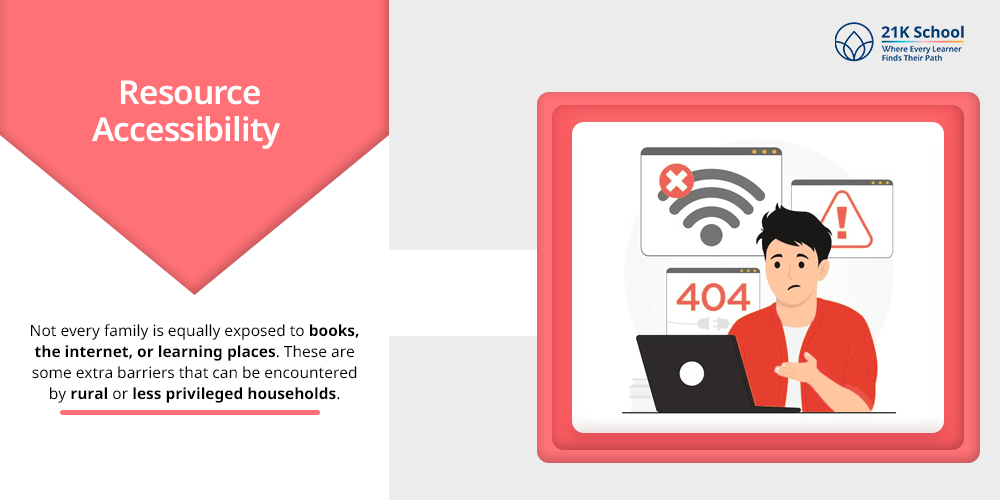
Not every family is equally exposed to books, the internet, or learning places. These are some extra barriers that can be encountered by rural or less privileged households.
6. Educational Gaps
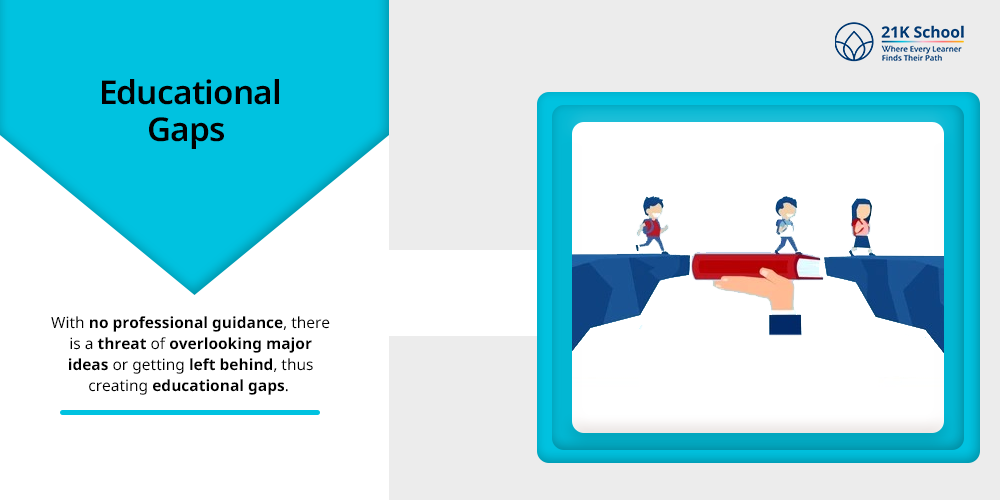
With no professional guidance, there is a threat of overlooking major ideas or getting left behind, thus creating educational gaps. This can be fixed by regular assessments and additional assistance in the learning processes.
Wrapping Up
Homeschooling does not simply mean teaching children at home. But it is a flexible, adaptable and enriching method of educating children.
When properly planned, resourced and supported it can provide students with a deeper learning experience. This is differentiated to their individual strengths and interests.
Families have their own struggles associated with homeschooling. But, the positives of customized learning, stronger family bonds, and the power of learning can easily overrule the negatives. To anyone thinking of doing this, the operation of homeschooling is the initial step to an informed confident choice.


